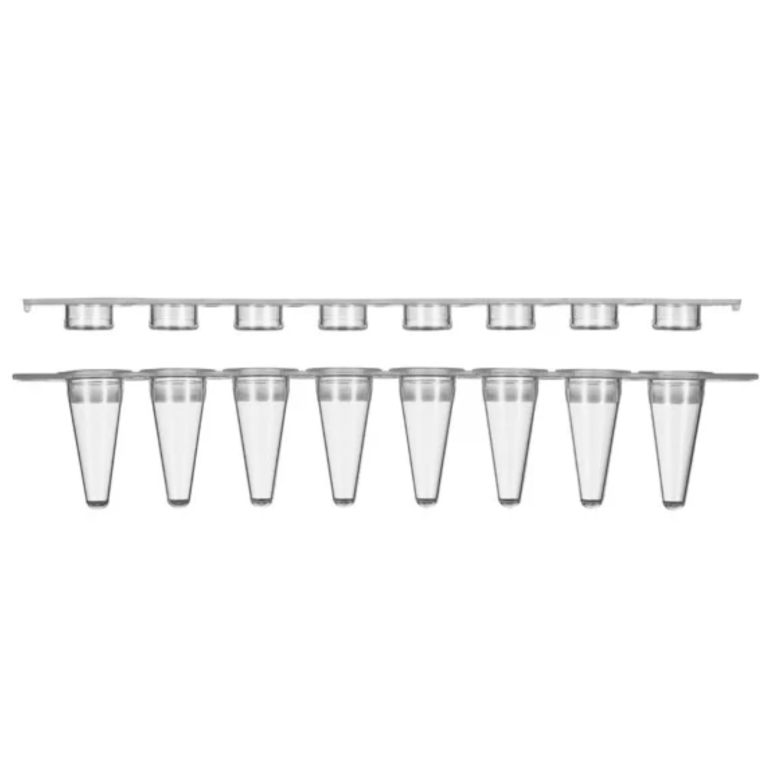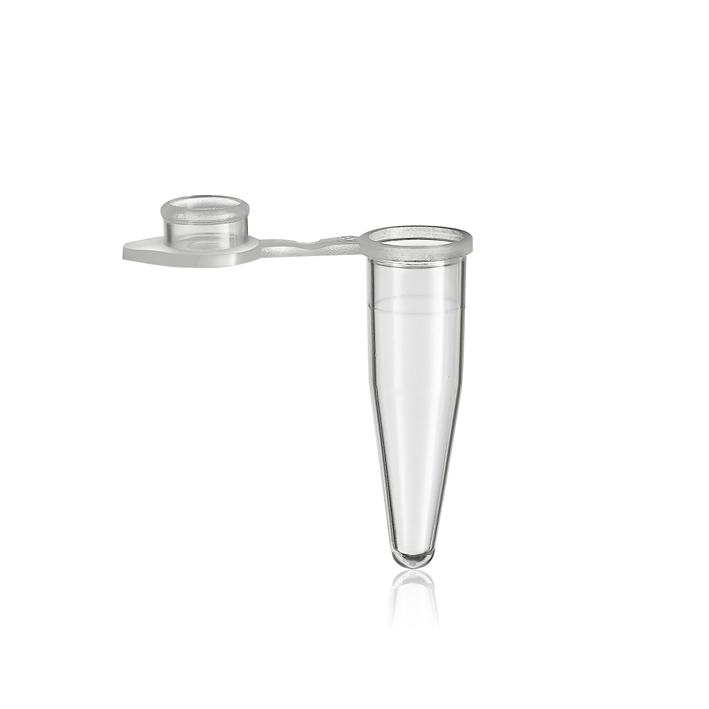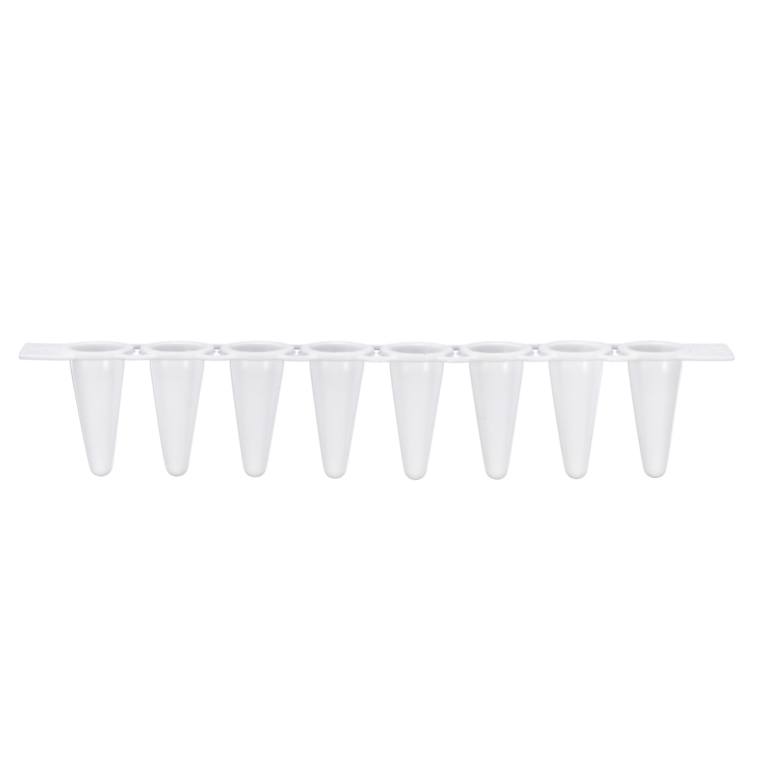Micro cover glass has a few key uses in microscopy:
– Protects the specimen on the slide from contamination, drying out, and physical damage during handling and observation. The cover glass sits directly on top of the sample.
– Flattens the specimen and holds it firmly to the slide. This removes unevenness and makes the specimen focal plane uniform for improved imaging.
– Allows for the application of mounting media like glycerin, oils, or water on the outer surface without directly contacting the specimen. These mounting fluids improve visibility.
– Provides a standardized and consistent thickness of material for the light to pass through. The defined thickness of the coverslip is accounted for in the microscopy optics.
– The flat surface also prevents the introduction of minor optical aberrations that could distort the image.
– When using oil immersion objectives, the oil is placed between the cover glass and the objective lens. This optical contact allows for greater resolution and light capture.
– For fluorescence microscopy, the cover glass ensures optimal excitation and emission of fluorescent probes used to tag specimens.
– For inverted microscopes, the cover glass becomes the bottom surface closest to the objective lenses. This protection prevents damage to expensive objectives.
So in summary, the thin glass coverslip is a simple but vital component that protects samples, enables specialized microscopy techniques, and improves overall imaging quality.



